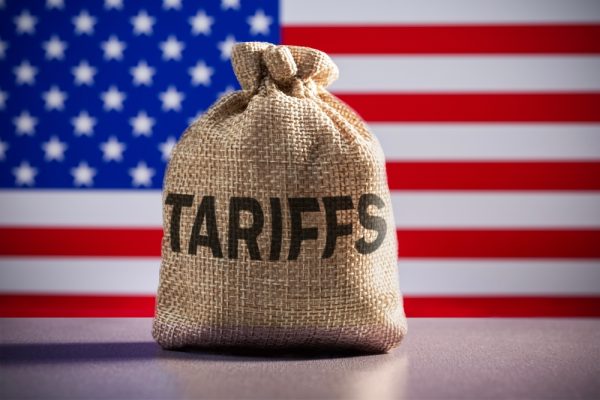
In 2025, the global freight landscape is experiencing sustained volatility driven by rising protectionism and shifting trade policy. For shippers, navigating tariff tensions demands more than short-term workarounds. It requires long-term strategic freight planning and proactive cost management.
How tariffs affect freight operations
The United States has implemented substantial tariffs, including a 145% duty on Chinese imports and a 25% tariff on goods from Canada and Mexico, resulting in immediate and profound effects on freight strategies worldwide. These tariff increases have led to a notable decline in trans-Pacific shipments. Major carriers report a 30% cancellation rate for China-to-U.S. shipments, and the Port of Los Angeles anticipates a 35% drop in cargo volume from China. This downturn has prompted shippers to consider alternative routes and sourcing options to mitigate the impact of these trade policy changes.
How to minimize tariff-induced disruptions
The financial and operational pressure caused by rising tariffs is forcing logistics teams to rethink traditional freight approaches. Waiting for trade policy to stabilize is no longer a viable option. Instead, global shipping companies must actively pursue structural changes that reduce exposure, improve cost predictability, and build resilience into their supply chains. The following strategies reflect how leading shippers are navigating tariff tensions with both near-term adaptations and long-term pivots.

Diversify sourcing and manufacturing locations
Companies are shifting production to countries like Vietnam and India to reduce reliance on Chinese manufacturing and avoid high tariffs. This diversification helps in mitigating risks associated with concentrated supply chains.
Reroute shipments through alternative trade lanes
Shippers are also exploring new trade routes to bypass heavily tariffed regions. For instance, rerouting through Southeast Asia or using different ports can help reduce tariff exposure and maintain delivery schedules.
Leverage trade agreements and duty drawback programs
Utilizing trade agreements like the United States-Mexico-Canada Agreement (USMCA) and leveraging duty drawback programs can provide financial relief by recovering duties paid on imported goods that are subsequently exported. This strategy requires meticulous documentation and compliance but can significantly offset tariff costs.
Invest in technology for enhanced visibility and compliance
Implementing robust transportation management platforms like nVision Global’s Impact TMS enables real-time tracking of shipments, better compliance with trade regulations, and more informed decision-making. These solutions are crucial for adapting to the dynamic trade environment.

Long-term tariff considerations
The current tariff landscape underscores the importance of building resilient and adaptable supply chains. Global shipping companies must continuously monitor trade policy developments and be prepared to adjust their freight strategies accordingly. This includes fostering strong relationships with logistics partners, investing in flexible infrastructure, leveraging duty drawback programs, and maintaining a proactive approach to risk management. By thinking long-term when navigating tariff tensions, shippers can separate reactive operations from truly agile supply chain ecosystems.